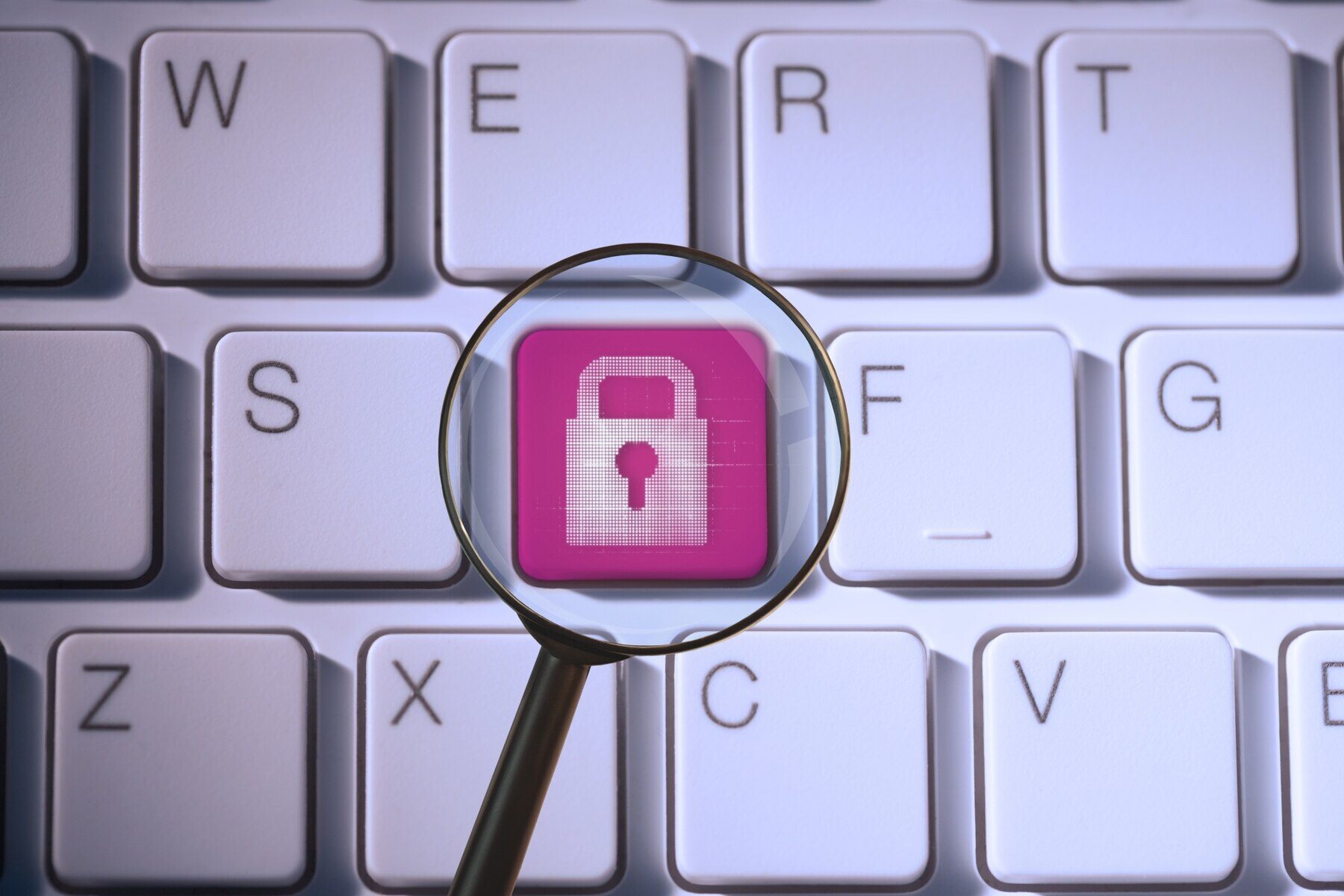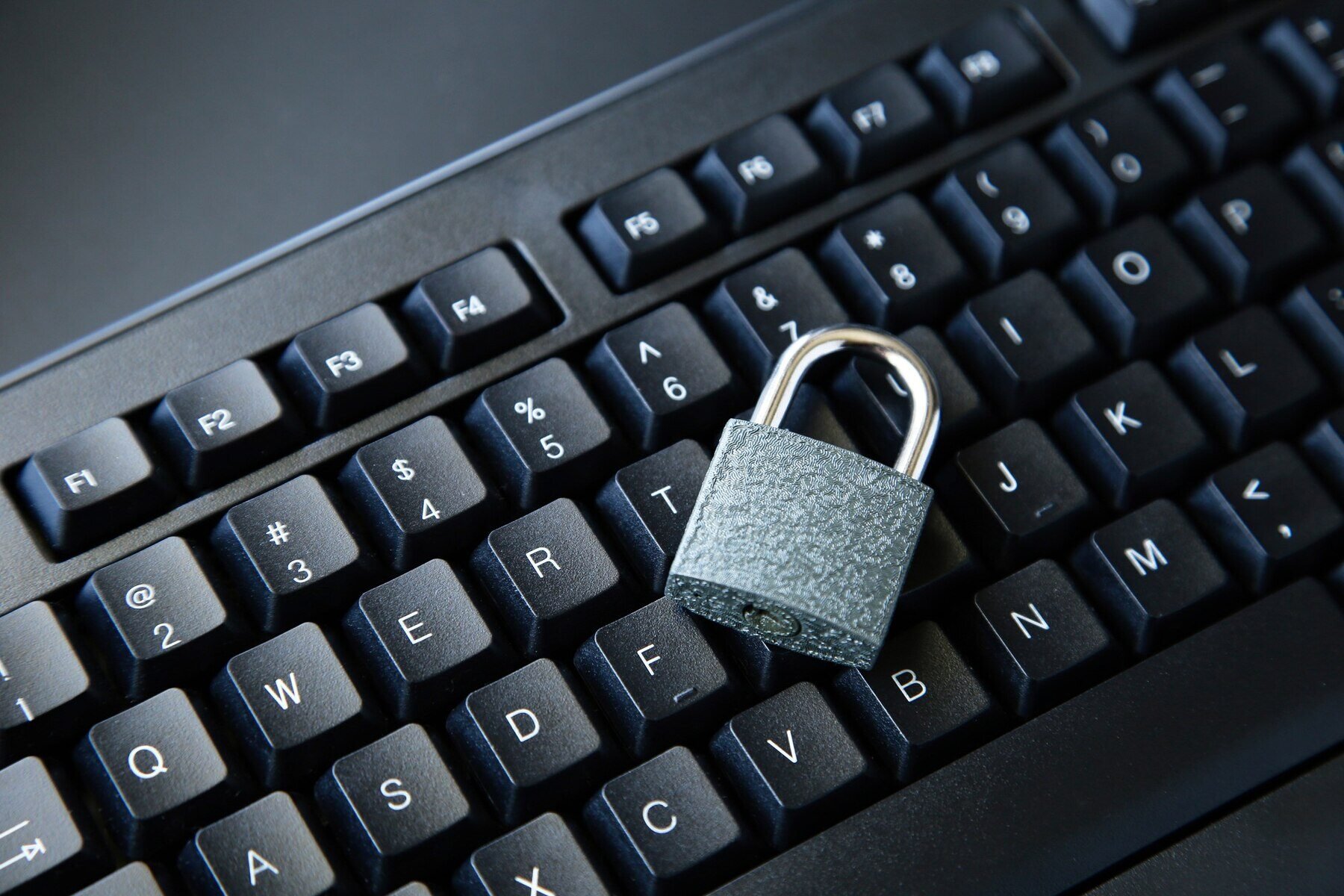Technology has transformed many aspects of our lives, from communication to how we conduct business. One significant innovation is the management of electronic documents and the use of digital stamps or electronic stamps (e-stamps).
What does a digital stamp look like? What are the benefits of using digital stamps, and how do you use them? Let’s dive into the article!
What Is a Digital Stamp?
A digital stamp, also known as an e-stamp, is the digital version of the traditional paper stamp used to indicate the payment of fees or certain obligations on documents. Digital stamps offer a higher level of security, are difficult to counterfeit, and serve as an efficient alternative to conventional paper stamps.
The use of electronic stamps is regulated under the Minister of Finance Regulation Numbers: 133/2021 and 134/2021, as well as Law Number: 10 of 2020 on Stamp Duty.
The issuance of digital stamps aligns with the needs of institutions or companies digitizing their document processes. However, don’t worry; digital stamps carry the same legal weight as physical stamps.
Benefits of Digital Stamps
Digital stamps or e-stamps have become increasingly popular since the Covid-19 pandemic. The need for digital technology for communication has necessitated that document processing be carried out digitally.
The use of digital stamps brings significant benefits, including:
- Digital Document Archiving
Switching to digital stamps is a form of document digitization. This means you don’t need to print physical documents. Once the document is equipped with a digital stamp and digital signature, it can be stored in digital storage such as Google Drive or other Cloud services. This makes archiving and retrieving documents easier and reduces the need for physical storage space.
- Ease of Access and Distribution
Unlike physical stamps that can run out of stock, digital stamps can be accessed and used anytime and anywhere as long as there is internet access. For those with high mobility or who are far from physical stamp sales points, digital stamps offer convenience and speed. Document processing can be done quickly, thereby increasing productivity.
- Ease of Monitoring and Auditing
Digital stamps used in conjunction with digital signatures are equipped with security features to prevent document forgery. In the VIDA application, the affixing of digital stamps and digital signatures can be tracked through the Audit Log feature. Aspects tracked include the identity of the signer and the time of signing. This is very useful for companies that require audit records for important documents.
- Streamlining Administrative Processes
In administrative processes, follow-up is often a tedious task. Instead of consuming time and energy for other tasks, we are often caught up with following up on documents because the other party has not signed them due to the lack of a stamp. Digital stamps have proven to streamline administrative processes, making it easier for all parties involved and reducing potential conflicts due to delayed administrative processes.
- Moving Towards Digitization
As the world increasingly adapts to digitization, companies must join in to avoid being left behind. Adapting to technology is not just for show but to enhance productivity, profitability, customer experience, and employee satisfaction. Starting with the digitization of administration with digital stamps, companies will have a strong foundation for a digital future.
Examples of Digital Stamp Usage in Various Sectors
Digital stamps can already be applied in various sectors. Here are some examples of digital stamp usage:
- Government Sector
In the government sector, digital stamps are used to sign various official documents, such as agreements, contracts, and decrees. Governments often require the validation of official documents for various administrative purposes. With digital stamps, these documents can be validated quickly and securely without the need to print and send physical documents.
- Banking and Financial Sector
Banking and financial sectors heavily rely on the validity of documents for various transactions. Digital stamps help in processing documents efficiently and securely, reducing the risk of fraud, and speeding up transactions.
- Education Sector
Educational institutions use digital stamps to certify various academic documents. This includes diplomas, transcripts, and course certificates. The use of digital stamps ensures that academic documents are officially recognized and cannot be forged.
- Legal Sector
In the legal sector, digital stamps are used to sign contracts, agreements, and other legal documents. This facilitates lawyers and notaries in managing documents digitally, reducing the need for physical documents, and ensuring document security.
- Business and Trade Sector
Businesses and companies use digital stamps for various purposes, including employment contracts, trade agreements, and business transactions. This helps companies save time and costs while ensuring the validity of documents.
- Property and Real Estate Sector
In the property sector, digital stamps are used to sign property transaction documents, such as deeds of sale, lease agreements, and property certificates. The use of digital stamps speeds up transaction processes and ensures document security.
- Health Sector
Health institutions use digital stamps to certify medical documents, including medical records, referral letters, and insurance claims. This ensures that medical documents are legitimate and cannot be forged, simplifying administrative processes.
VIDA as a Digital Stamp Provider
Don’t worry; you can obtain digital stamps or e-stamps through the VIDA application. Here’s how to easily use digital stamps with VIDA.
- Download the VIDA application or open it in a web browser.
- Look for the "Sign Up" or "Register" button and click on it.
- Register your personal data.
- After filling out the form, you will receive a confirmation email from VIDA. Click the verification link in the email to complete the registration process.
- Once successfully registered, you can access your VIDA account and start creating digital signatures, as well as purchasing and affixing digital stamps.
The emergence of digital stamps marks progress in the digital era. As digital processes become a necessity, it’s important for us to adapt to these changes by ensuring security, efficiency, and user convenience.

.png)


